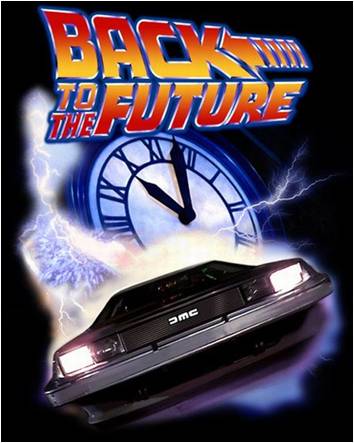Predict the Future By Creating It
July 8, 2015

Peter Drucker famously said that “The best way to predict the future is to create it”. There’s more to this quote than you might think at first glance. Too often we hear about the fast followers or the Kodaks of the world that fail to constantly re-conceive the future or fail to align their activities around a new future. A tool that we’ve found incredibly useful with clients is the Migration Map, it helps companies envision a new future state, their role in it, and how to align the activities needed to achieve that future.

Take Crayola for example, since 1903 the company has been synonymous with crayons. During a series of innovation initiatives in the mid-2000s, they set about transforming themselves from a company specializing in wax sticks, to one that delivers surprising, novel experiences. To do this, they focused on delivering an aspirational future state – the “No Limits, No Mess” platform. Realizing that they had to develop new channels and capabilities in chemistry and electronics, they used a Migration Map tool to define and depict how they would achieve this over a period of several years.

Here are the key elements of the migration map:
Aspirational Future State
What is the future you intend to develop, how will the world be different? In the upper right corner, the aspiration is described. It is a concise representation of the differentiated strategic space the company has chosen to pursue. The future state is a thesis in itself, but it should essentially be based on a foundation of insights rather than an analytical exercise on empirical data. To envision a radically different future, you’ve got to build a set of insights about your customer, the rules in your industry, your core capabilities, and macro trends in the world. This foundation of insights will allow you to ideate a set of strategic alternatives, ultimately one of which you will pursue. By defining the future state this way, companies can clearly align around the aspiration they want to deliver to the market – what role do we play in our existing or re-defined industry, and on which bases of competition do we play to win? What benefits do we deliver to customers and other stakeholders?
Stepwise migration
In the movie Back to the Future, Marty knows what the future is supposed to look like, and desperately seeks to set the correct events in motion to make that future happen. Similarly, the activities on the migration map should reflect a point of view about the initiatives needed to achieve the future state. To achieve a very different future, most companies know that there are new capabilities, products, channels that need to be developed. The migration map essentially links strategy to tactics. While there is more certainty about tactics in the near term, it is important to have a point of view about the longer term. The migration map should then be periodically revisited and updated to reflect progress and learning.

Synergistic activity paths
You’ll notice that the Crayola Migration Map has a couple of paths leading from the current state (lower left) to the future state (upper right). The purpose of this is to help organize the different types of activities needed for migration. A real life example that I like to use is my goal to climb Mt Rainier since my recent move to Seattle. Little did I know, it’s one of the tallest peaks in the United States, people die every year in the attempt to reach the summit! A successful attempt would require skill development, gear acquisition, and months of practice; each of these categories would require a series of separate and distinct activities in order to achieve my ambition. As Crayola developed chemical capabilities for new surfaces and no mess products, they also began to think about electronics and mechanical capabilities to expand the types of novel experiences they could provide. In addition, they began to expand their channel coverage, from location within the store to new retail outlets and their online presence.
A migration map is an incredibly useful tool to help define and communicate your innovation strategy. It’s important to remember that the migration map is a communication and alignment tool, not a project plan. It should be used to express the dialogue and rationale, not as project roadmap that is set in stone. By having the dialogue around the future state aspiration and migration paths, companies can have a basis for creating a trajectory in which they drive the future instead of accepting the one that is forced upon them.
Business & Finance Articles on Business 2 Community
(130)













